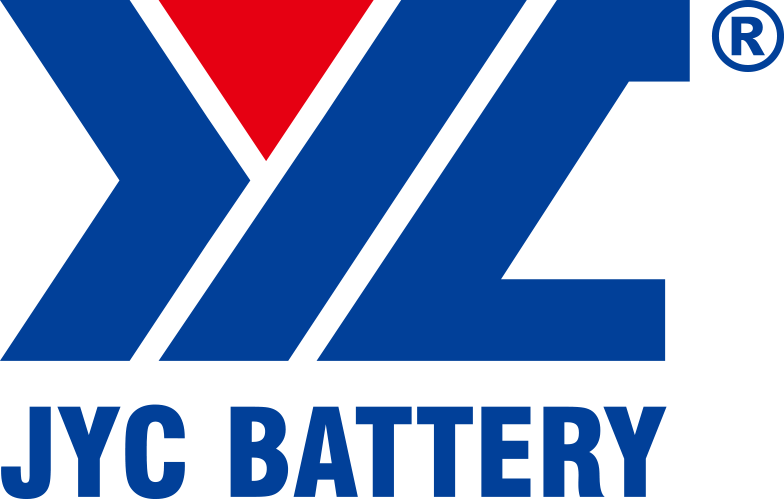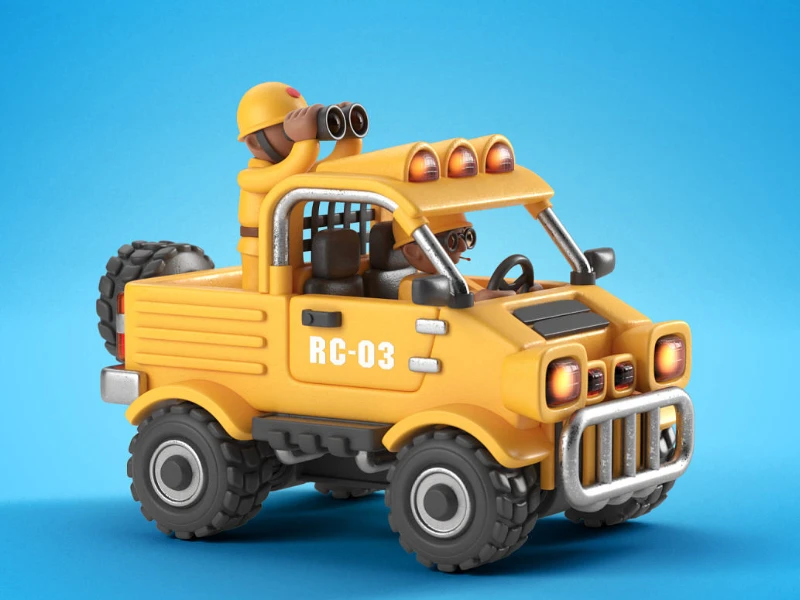Choosing the appropriate battery for a riding toy is pivotal for its performance, longevity, and safety. Whether it’s a miniature car, a motorized scooter, or an electric bike for kids, the battery serves as its life force, dictating how long the toy can operate and how efficiently it can maneuver. Here’s a comprehensive guide to assist in finding the right battery for your riding toy.
Types of Batteries:
- Lead-Acid Batteries:
Flooded Lead-Acid (FLA): Commonly found in older models, these batteries require regular maintenance, including topping up with distilled water.
Sealed Lead-Acid (SLA): Maintenance-free and sealed, offering convenience and safety. SLA batteries are spill-proof and suitable for various riding toys. JYC Battery focuses on SLA battery over 20 years, so you can choose them with confidence. - Lithium-Ion Batteries:
LiFePO4 (Lithium Iron Phosphate): Known for their longevity, safety, and eco-friendliness, these batteries are lighter and have a higher energy density than lead-acid batteries.
Li-ion (Lithium-Ion): Compact and lightweight, Li-ion batteries offer high energy density and are often used in higher-end riding toys.
Factors to Consider:
- Voltage and Capacity:
Match the voltage of the battery to the toy’s specifications. Common voltages for riding toys include 6V, 12V, and 24V.
Capacity, measured in ampere-hours (Ah), determines how long the toy can run between charges. Consider higher capacities for longer playtimes. - Size and Compatibility:
Ensure the physical dimensions of the battery fit the toy’s battery compartment. Buying a battery that’s too large or small can lead to installation issues. - Charging Time and Efficiency:
Lithium-ion batteries typically have shorter charging times compared to lead-acid batteries. Consider the charging time and efficiency, especially if the toy is used frequently. - Weight and Performance:
Lithium-ion batteries are lighter than lead-acid batteries, which can affect the toy’s performance, especially in terms of speed and maneuverability.
Safety Considerations:
- Overcharging and Overdischarging:
Use chargers specifically designed for the battery type and avoid overcharging, as it can reduce the battery’s lifespan.
Prevent overdischarging, which can damage the battery cells. Recharge the battery before it’s fully drained. - Quality and Certification:
Invest in batteries from reputable manufacturers and ensure they comply with safety standards and certifications. - Heat and Ventilation:
Batteries generate heat during charging and discharging. Ensure proper ventilation to prevent overheating, which can be a safety hazard.
Conclusion:
Selecting the right battery for your riding toy involves understanding its specifications, considering the desired performance, and prioritizing safety. Lithium-ion batteries often offer superior performance and convenience but may come at a higher cost. Lead-acid batteries, while heavier and requiring maintenance, can be a more economical choice for some.
Always refer to the manufacturer’s guidelines and recommendations for the specific riding toy model. Prioritize safety, compatibility, and performance to ensure an enjoyable and safe riding experience for your child.


